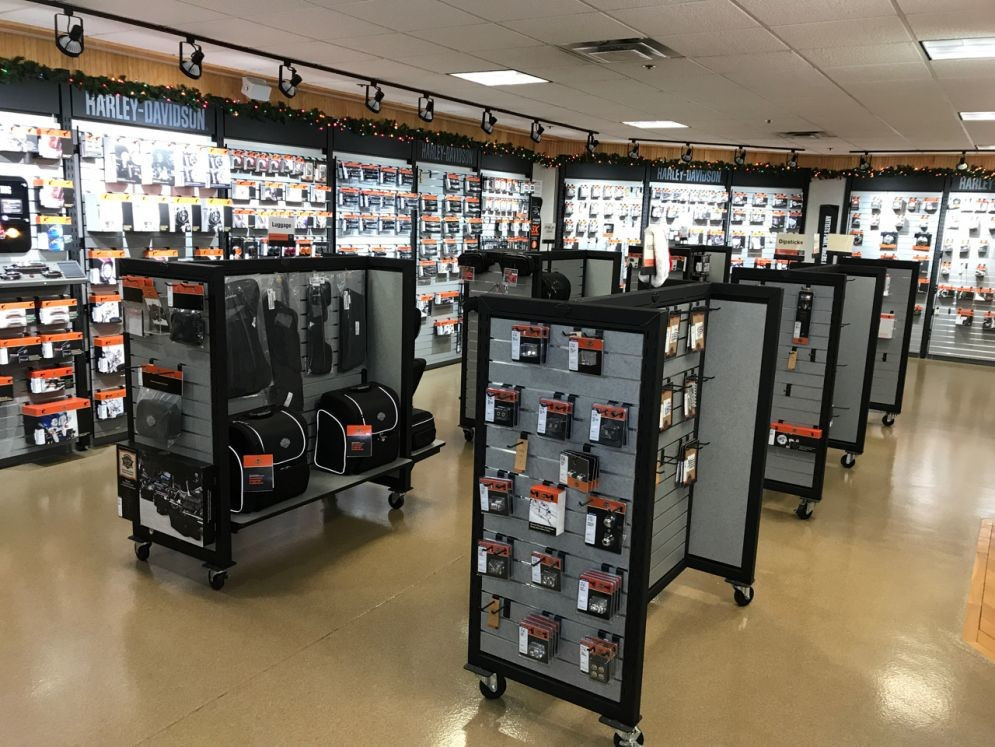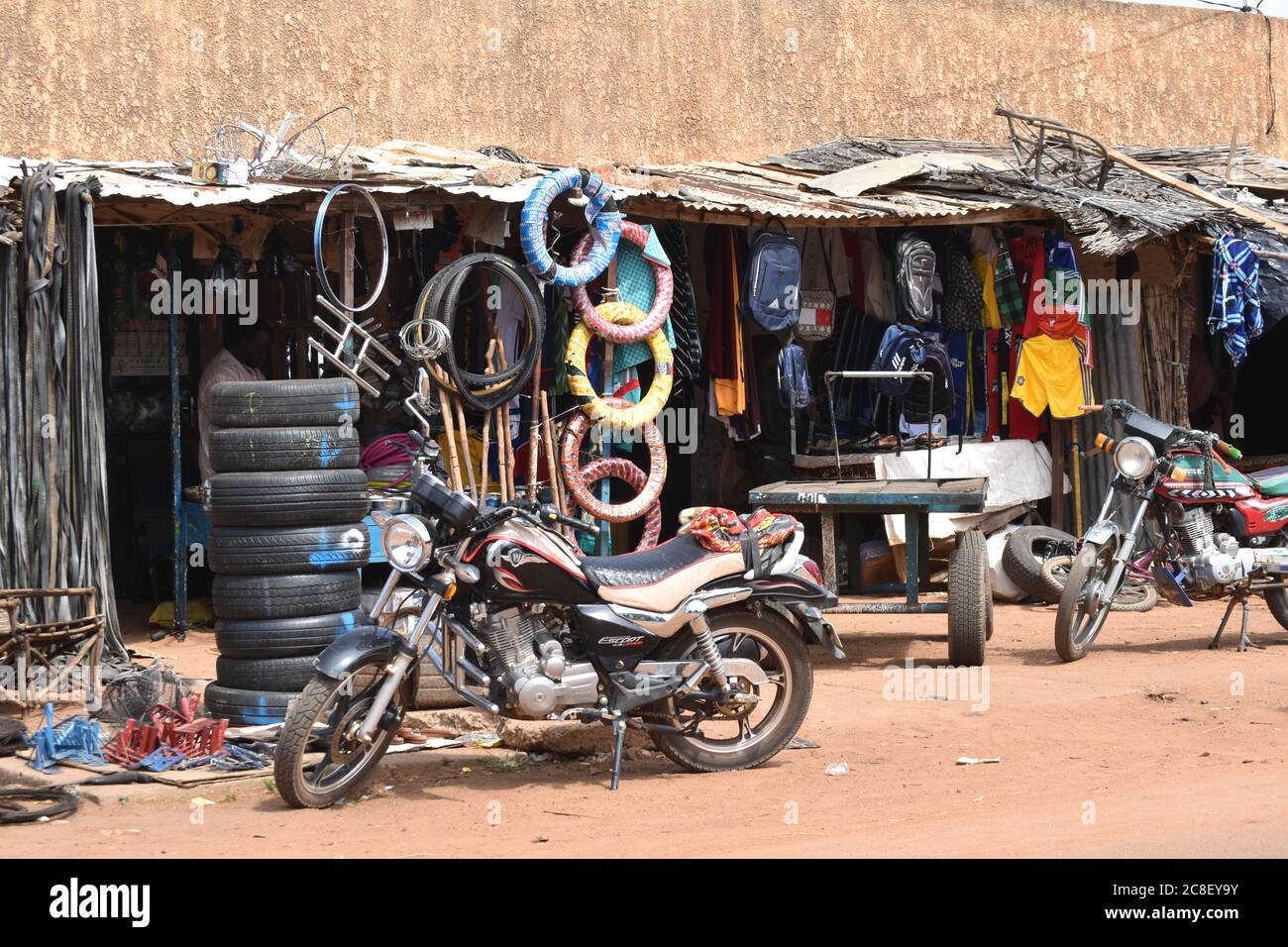Unleash Efficiency with Premium Motox Parts NZ Available Below
Unleash Efficiency with Premium Motox Parts NZ Available Below
Blog Article
An In-depth Look at Motorcycle Components: What Every Biker Must Know
A thorough understanding of motorcycle parts is not merely beneficial yet important for any biker intending to take full advantage of performance and security. Each part, from the engine's elaborate operations to the dependability of brake systems, plays a crucial role in the general experience and capability of the bike.
Understanding the Engine
The engine, commonly regarded as the heart of a motorbike, is an intricate setting up of elements that function in consistency to transform gas right into movement. At its core, the engine's key feature involves the burning process, where air and fuel mix and stir up within the cylinders, leading to controlled surges that drive the pistons. These pistons relocate up and down, transforming chemical power right into mechanical power, which ultimately transforms the crankshaft, ultimately powering the bike.

Understanding the intricacies of a bike engine is critical for lovers and bikers alike. It not only gives insight into exactly how bikes accomplish their excellent power and speed however also help in efficient maintenance and troubleshooting, making certain long life and dependability when traveling.
Suspension Equipments
While the engine powers the motorbike, the suspension system plays an essential duty in making certain a controlled and smooth experience. The shock absorber is accountable for taking in shocks from the roadway surface, keeping tire get in touch with, and giving stability throughout cornering and braking. It consists of two main components: the front forks and the back shock absorbers.
Front forks are normally telescopic, including a springtime and dampening mechanism. The springtime expands and compresses to take in bumps, while the dampening system regulates the movement to protect against excessive bouncing. This mix guarantees the front wheel continues to be in contact with the roadway, offering exceptional handling and convenience.
The rear suspension, commonly a monoshock or twin-shock configuration, functions similarly to the front suspension however is tailored to sustain the motorcycle's weight and rider - mx gear nz. It takes care of back wheel motion, adding to the bike's overall equilibrium and responsiveness
Shock absorber can be adjustable, enabling cyclists to adjust preload, compression, and rebound setups according to individual preferences and riding problems. This adjustability enhances performance by optimizing the bike's communication with varied surfaces. In recap, a reliable suspension system is important for cyclist convenience, safety and security, and the motorcycle's handling prowess.
Brake Components
Stopping power is an essential facet of motorbike safety, and it rests on the performance of the brake components. The primary aspects of a motorbike's braking system include the brake pads, calipers, rotors, and master cyndrical tube. motorcycle parts nz. Each of these elements plays an important function in guaranteeing effective stopping efficiency
Brake pads are necessary as they produce the required friction versus the blades to decrease or stop the motorbike. Built from products such as sintered steel or organic compounds, the selection of brake pad material considerably impacts efficiency and durability. Calipers, housing the brake pads, use stress to the pads when the brake lever is involved, promoting call with the blades.
The rotors, typically made from stainless-steel or actors iron, are installed to the wheels and act as the surface area against which the brake pads press. Their layout, consisting of diameter and density, impacts heat dissipation and quiting power. The master cylinder, attached to the brake lever, creates hydraulic stress transferred through brake lines to the calipers, guaranteeing constant braking force.
Normal upkeep and assessment of these parts are important for optimum performance, preventing wear and making certain biker safety and security on the roadway.
Tire Fundamentals
Beyond keeping robust braking systems, making sure optimal helpful hints tire performance is similarly substantial for bike safety and effectiveness. Tires are the single contact point in between the bike and the roadway, making their condition essential in taking care of, stability, and overall trip high quality. Picking the appropriate tire type is important, as it straight affects grip and efficiency. Alternatives range from touring to sport tires, each made to fit certain riding problems and designs.

Additionally, take into consideration the tire's age. Rubber substances deteriorate with time, even if step appears appropriate. Check the sidewall for the DOT (Department of Transport) code to establish the tire's age. Generally, substitute is recommended every five years, no matter wear. Spending interest in these tire essentials not only optimizes efficiency however also considerably enhances riding safety and security.
Electrical Equipments
In the world of motorbike maintenance, the electrical system plays an important role in making certain trustworthy efficiency and biker security. This detailed network encompasses necessary parts such as the battery, generator, starter electric motor, and circuitry harness. Each element is important for the smooth operation of the motorcycle, from ignition to lights and interaction with numerous sensing units.
The battery acts as the heart of the electrical system, offering the required power to start the engine and operate accessories. Regularly checking the battery's voltage and terminals for corrosion is important to avoid unanticipated failings. The generator, on the other hand, recharges the battery while the engine is running, making sure a constant power supply.
The starter electric motor is in charge of starting engine operation, converting electrical energy into mechanical energy. To maintain it, riders ought to take notice of any unusual sounds or difficulties throughout start-up. The wiring harness offers as the automobile's nervous system, attaching all electric components. Ensuring that the cords are undamaged and cost-free from damage is necessary for guaranteeing and preventing brief circuits performance.
Conclusion

Quiting power is a basic facet of motorbike security, and it hinges on the efficiency of the brake parts. The key aspects of a motorbike's braking system consist of the brake pads, calipers, blades, and master cyndrical tube.Brake pads are crucial as they develop the needed friction against the rotors to reduce down or quit the motorbike.Beyond preserving robust stopping systems, making sure ideal tire performance is equally significant for pop over to this site motorcycle safety check my blog and security and performance.In the world of motorbike maintenance, the electrical system plays an important role in ensuring dependable performance and biker safety.
Report this page